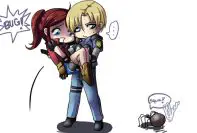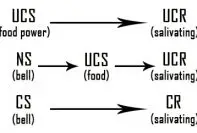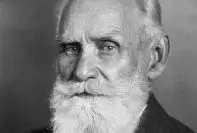Classical conditioning is a form of associative learning, first discovered by Russian physiologist, Ivan Pavlov, while experimenting on digestion process of dogs.
The theory generally refers to acquiring of new behavior via association with various stimuli. By associating the subject with stimulus subject, outputs new responses and learns a behavior.
Based on how the learning method works, there are five general principles in Classical Conditioning. Each of the principles describes how the classical conditioning learning occurs. It covers from the very initial to the last stage of the learning process.
Acquisition
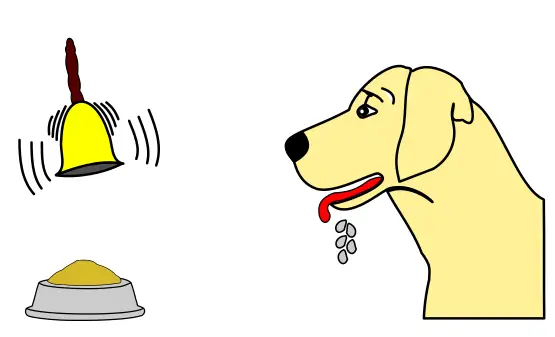
Acquisition is the first step to the method. It is the process by which an organism learns the association involved in classical conditioning. For this process to begin, two different stimuli, CS (Conditioned Stimuli) and UCS (Unconditioned Stimuli) must be paired repeatedly before the CS unfailingly elicits a CR (Conditioned Response). CS and UCS when paired together extract a certain response. After repeatedly pairing two separate stimuli together, the conditioned response gets stronger and stronger. This process is called Acquisition. Acquisition of relationship between two stimuli is absolutely vital for classical conditioning.
Stimulus Generalization
After an organism has been conditioned to respond in a certain way for a particular stimulus after repeated trials, it shouldn’t be surprising or uncommon to expect the organism to respond in the similar way to other similar stimuli or situations. In classical conditioning, generalization is defined as the process in which a stimulus similar to the original CS produces similar behavior identical to the CR.
A suitable example for this principle would be Watson’s study with Little Albert. Once the conditioning took place after the experiment, Little Albert started to show feat towards all white objects (e.g: white rabbits, white fur coats, and even a white Santa Claus mask).
Stimulus Discrimination
The process in which an organism learns to difference between different stimuli in order to restrict their response to one stimulus in particular is known as Stimulus Discrimination. For instance, the dog in the Pavlov’s experiment does not salivate when exposed to ‘Light’ instead of the sound of the bell. Likewise, Little Albert would not respond with fear towards a black fur coat, or a black dog. This principle relates with the ability of an organism to learn the difference between different stimuli and respond only to the conditioned stimulus.
This principle is applied in our life every day. We would be mowed down by oncoming traffic, had we not been able to discriminate between a red and a green traffic light.
Extinction
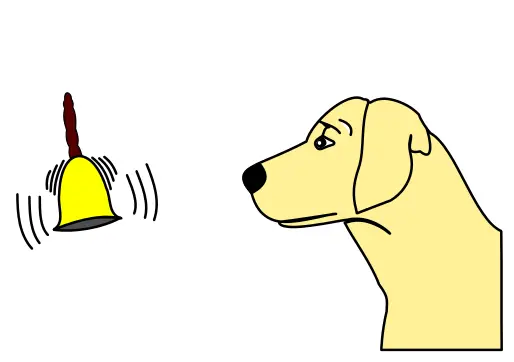
The process of undoing the classical conditioning such that the subject does not produce CR in the presence of CS is termed as Extinction. Extinction is said to have occurred when there is complete absence of conditioned response, when the subject is exposed to conditioned stimulus (absence of UCS). Extinction can be produced by ending the association between conditioned and unconditioned stimuli.
For instance, if Pavlov had started to stop presenting the dog with food following the bell-sound on numerous occasions, it would gradually stop salivating in response to the sound. This would not happen out of a sudden; initially, the dog would continue to salivate but with due time, it would come to an understanding that no food is going to be presented. Hence, there would be no CR. This means the lack of reinforcement will break the link between CS-UCS and CR.
Spontaneous Recovery
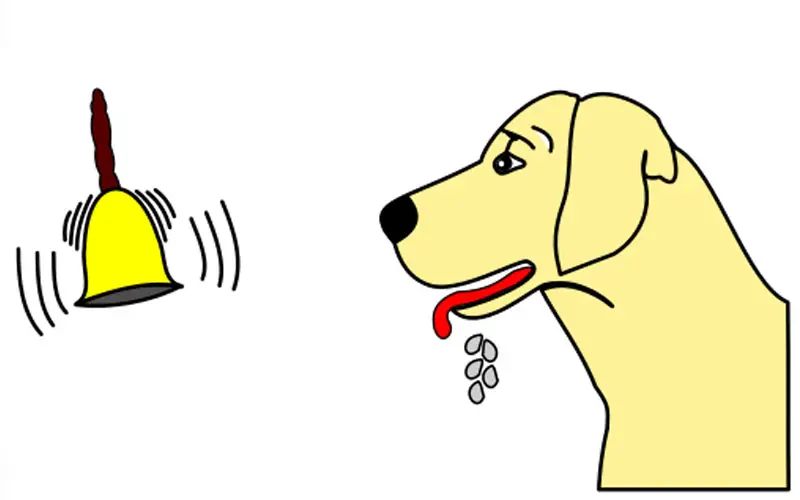
Sometimes, the CR suddenly reappears even after then link between CS and UCS has been broken down, or to put in another words, the organism has stopped eliciting CR in response to CS. In Pavlov’s experiment, when the dog had completely stopped eliciting CR (Saliva) in response to CS (bell sound), the dog still responded with saliva at the sound of the bell. This sudden reappearance of saliva (CR) was referred as ‘spontaneous recovery’ by Pavlov.
This principle can be used to explain why “cured” alcohol and drug addicts again “relapse to addiction”. When the cured addicts confront with the substance, the irresistible urge to use the substance again may resurface because of the strong connection to the drug previously. This can be termed as Spontaneous Recovery.


